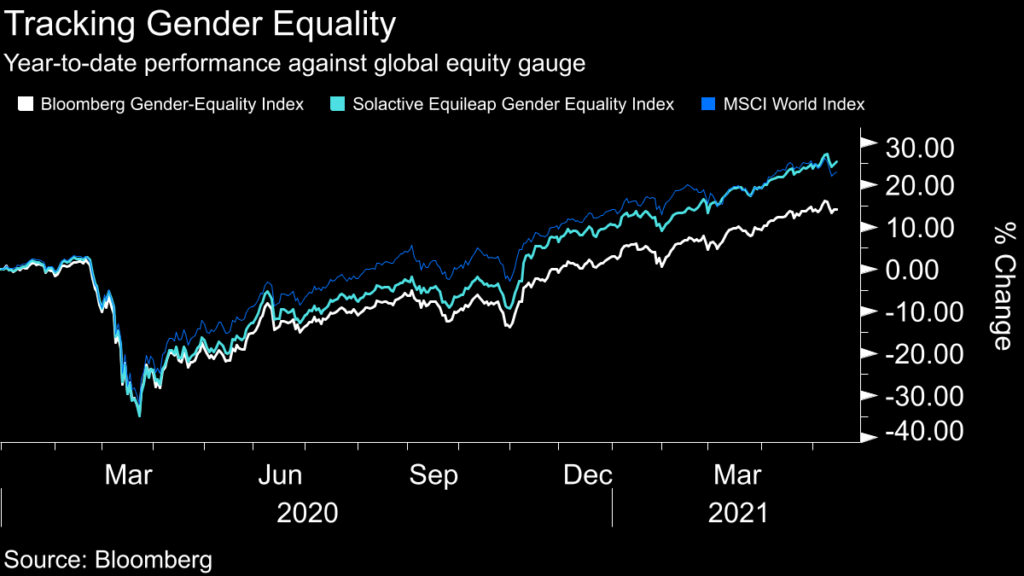
Newmont’s decision to replace a pair of retiring female directors with men from Africa and Mexico has resulted in the first net gain in almost a year for men on the boards of S&P 500 companies.
While the shift may be temporary, the board changes at Newmont demonstrate the complexity of addressing sometimes competing diversity needs in corporate America.
The Colorado-based mining company reached gender parity on the board for the first time in 2020 when two women joined and a Black director from Ghana departed, said Nancy Lipson, Newmont’s general counsel who’s also the liaison with the board on diversity efforts. This year, the focus shifted to replacing the lost Ghana expertise and adding someone with expertise in Mexico, where the company has bulked up operations, she said.
So when Veronica Hagen and board chair Noreen Doyle, who were the first independent female directors appointed to the board in 2005, reached their 15-year tenure limits, the decision was made to replace them with Patrick Awuah Jr., founder and president of Ashesi University in Ghana, and Jose Manuel Madero, founder and managing partner of Bizwp SC, a consulting firm in Mexico City.
“We’re not trying to check some boxes for an external group,” said Hagen, who was head of Newmont board’s leadership development and compensation committee, and helped pick the new directors along with Doyle. It’s changes in the underlying business that help determine who’s on the board, she said.
For example, Matthew Coon Come, a member of Canada’s First Nations and a former grand chief of the Grand Council of Cree, was added to Newmont’s board in 2019. The company has operations on native lands and wanted to have his views on the board, Lipson said. The company says 70% of current directors are either gender, racially or ethically diverse.

“You really have to look at every single dimension of diversity and how you enhance that,” Lipson said. “We are highly influenced by the areas in which we operate and we want to make sure we have those represented.”
Priorities also have shifted because of societal concerns. While the MeToo movement brought focus to decades of sexual harassment in the workplace and led to greater gender equity in the boardroom, the murder of George Floyd and the increased violence against Asian Americans have combined to shine a spotlight on the lack of racial and ethnic diversity.
And even though women held one fewer seat on the boards of companies in the S&P 500 at the end of April, compared with the previous month, the average number of women directors was unchanged at 3.3, out of an average board size of 11.2. The percentage of female directorships rose slightly to 29.3% from 29.2%.
The analysis is based on data that covers 498 companies in the S&P 500. Historical analysis may be impacted by changes to the index membership, while monthly board changes may be considered effective at month’s end.
(By Jeff Green)
Comments